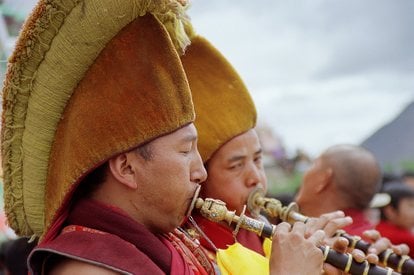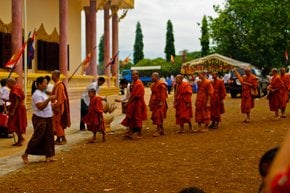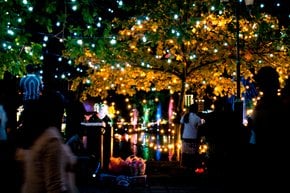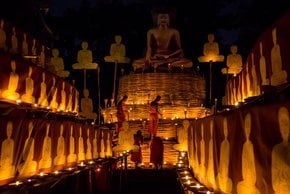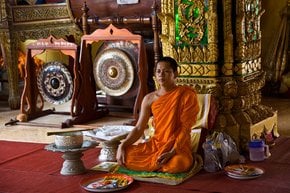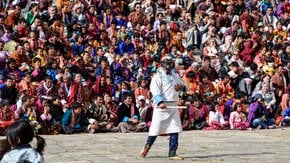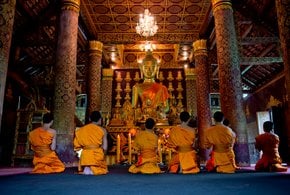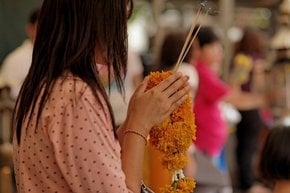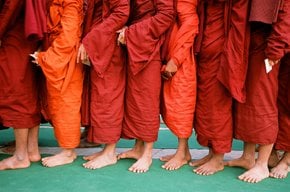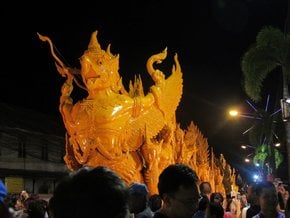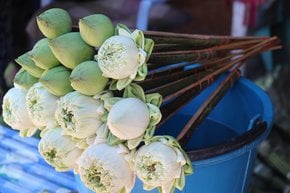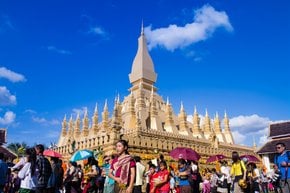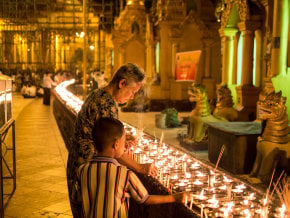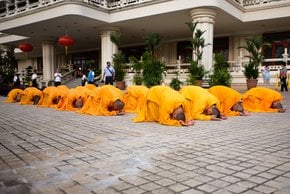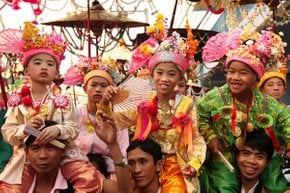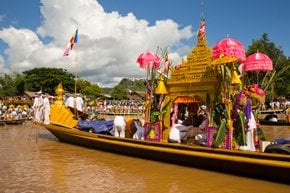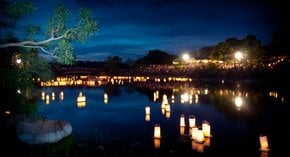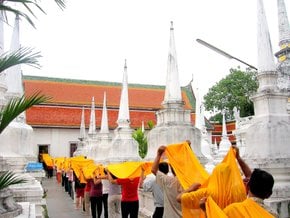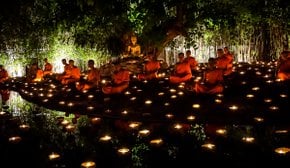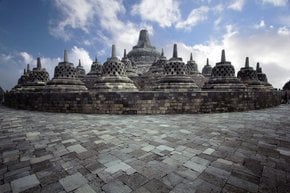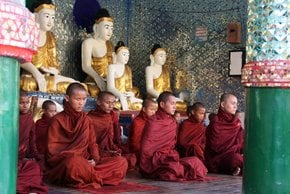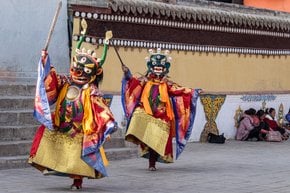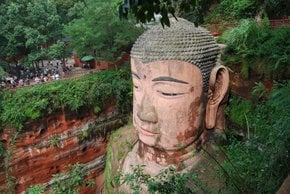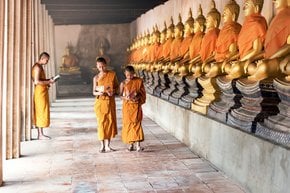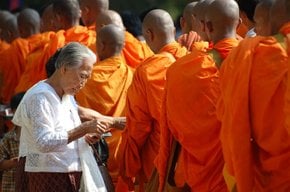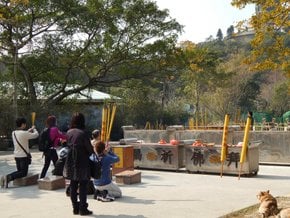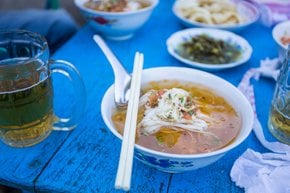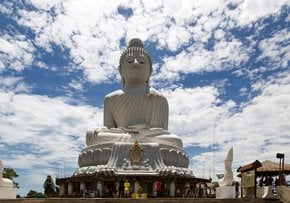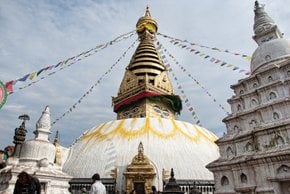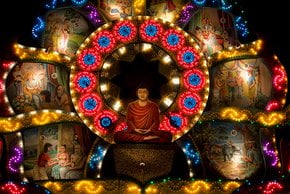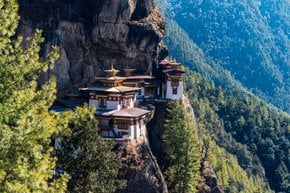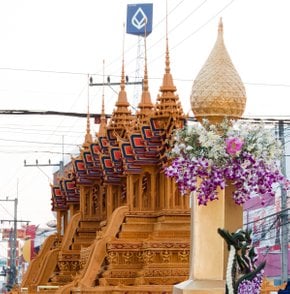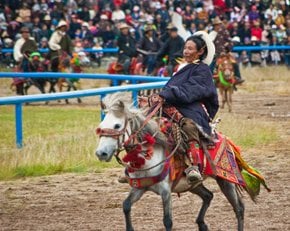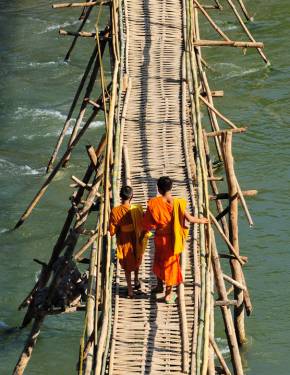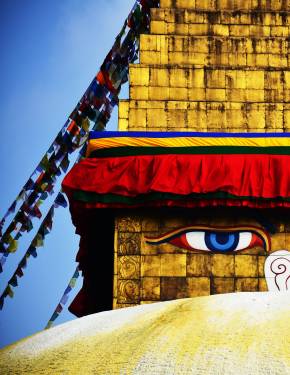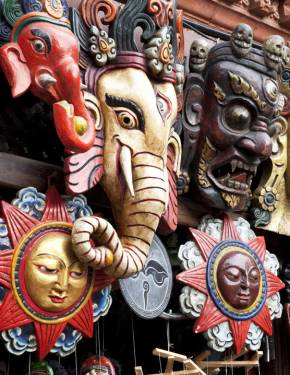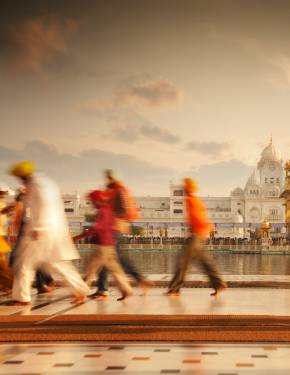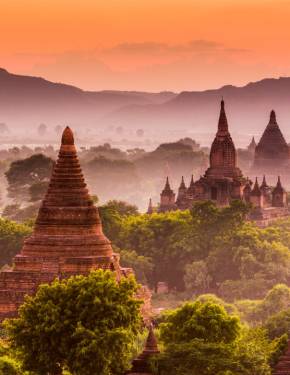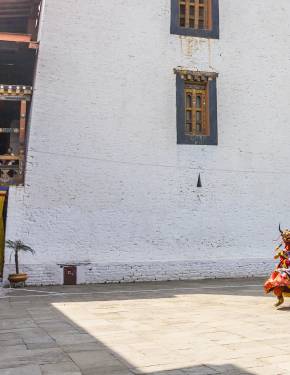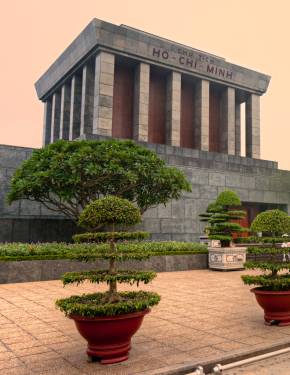Tashi Lhunpo Thangka Festival 2024 in Tibet
This bright festival is unique to the Tashi Lhunpo monastery and attracts thousands of pilgrims and visitors
Dates: June 20-22, 2024
Thangka is one of the most famous Tibetan festivals celebrated in various monasteries. But the most popular place to watch the unique celebrations is the Tashi Lhunpo Monastery, home to the largest bronze monument of the Jampa Buddha and a significant religious landmark. It is truly a symbol of the whole Shigatse area and the Tibetan culture.
Thangka Ceremony
The highlight of the festival is a spectacular Thangka ceremony. Each day of the celebration, a new, unique portrayal of Buddha is exhibited on a Thangka, a massive roll of cloth that is unfurled during this event. The first Buddha represents the past and the need to cherish it; on the second day, Buddha's figure represents the present; and on the last day, it represents hope for the future. Every portrait was hand embroidered on silk or satin.
Thousands of pilgrims come to observe the unfolding of a huge painted Thangka and pray to Buddha. After the ceremony, the monks perform an honorary walk around the monastery with the Thangka.
Other Celebrations
During the sacral ceremony, visitors also have a chance to enjoy traditional music and masked dancers' performances, which makes the celebration even more colorful and alluring. The festival is a great opportunity to observe Tibetan religious customs in action and gain a deeper understanding of Buddhism.
Tashi Lhunpo Monastery in Shigatse
Tashi Lhunpo Monastery is located in the central Shigatse, rising above the city from the hill. Shigatse itself is worth exploring because of its rich cultural history, strong religious roots and stunning architecture. The city is situated 169 miles (272 km) west of Lhasa, an administrative capital of Tibet.
History of the Event
The celebrations are normally held annually during three days (14-16) of the fifth lunar Tibetan month. This event was created 500 years ago by the first Dalai Lama—Gendun Drupa. Even after the great uprisings and the invasion of Tibet, the Monastery stood strong and continued holding the festival, providing hope to believers.

